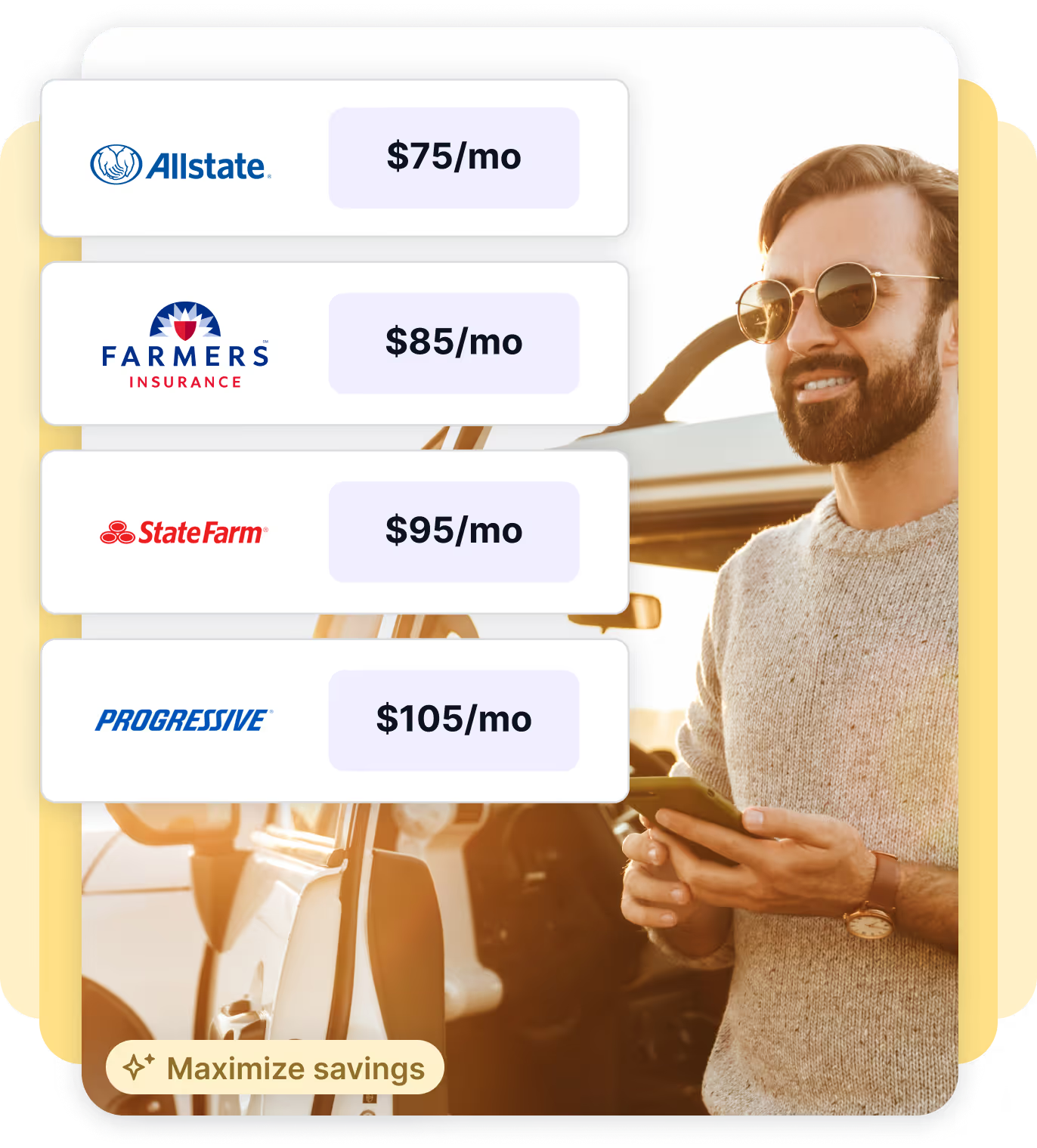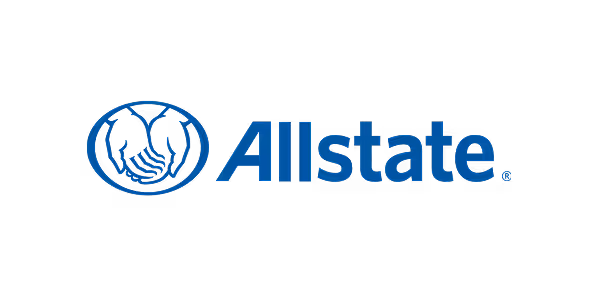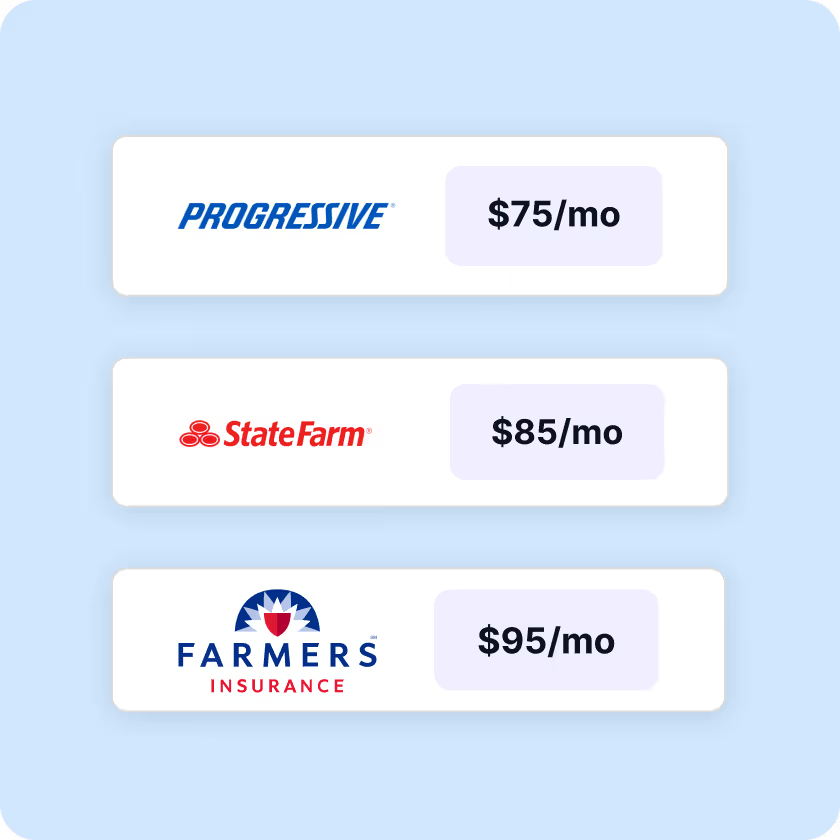
Kudos has partnered with CardRatings and Red Ventures for our coverage of credit card products. Kudos, CardRatings, and Red Ventures may receive a commission from card issuers. Kudos may receive commission from card issuers. Some of the card offers that appear on Kudos are from advertisers and may impact how and where card products appear on the site. Kudos tries to include as many card companies and offers as we are aware of, including offers from issuers that don't pay us, but we may not cover all card companies or all available card offers. You don't have to use our links, but we're grateful when you do!
7 Ways to Save Money on Health Insurance in 2025
July 1, 2025


Health insurance costs continue to rise, straining many families’ budgets. In fact, the average lowest-cost Silver health plan on the marketplace costs about $486 per month in 2025 (without subsidies). Don’t let high premiums and medical bills overwhelm you – there are smart strategies to make your health coverage more affordable.

In this guide, we’ll explore seven effective ways to save money on health insurance, from taking advantage of subsidies to choosing cost-efficient plans. Implementing even a few of these tips can help you get the coverage you need without breaking the bank.
1. Shop on the ACA Marketplace for Subsidies
If you don’t get insurance through an employer, start with the Affordable Care Act (ACA) marketplace (HealthCare.gov or your state exchange). Income-based subsidies (tax credits) can dramatically lower your premium if you qualify.
For example, a mid-income individual might get hundreds of dollars off their monthly premium via tax credits. Always submit an application during open enrollment to see if you’re eligible for subsidies or even free coverage through Medicaid. This ensures you’re not leaving money on the table.
Bottom line: the marketplace is often the cheapest route for individual health plans when you factor in available subsidies.
2. Choose the Right Plan Tier (Metal Level)
ACA plans come in Bronze, Silver, Gold, and Platinum “metal” tiers. Bronze plans have the lowest premiums but highest out-of-pocket costs, while Platinum plans have high premiums but very low deductibles and copays. To save money, pick a tier that matches your health needs. If you’re relatively healthy and rarely see a doctor, a Bronze or Silver plan with lower premiums could save you money (especially if you set aside the premium savings for an occasional bill).
On the other hand, if you have chronic conditions or expect frequent care, paying more for a Gold plan could reduce your overall spending. The key is to avoid over-insuring or under-insuring yourself – don’t pay for more coverage than you need, but don’t choose a super-cheap plan that leaves you stuck with giant bills later.
Don’t skip your covered preventive care – it’s free peace of mind and cost-savings in the long run.
3. Consider High-Deductible Plans with an HSA
A High-Deductible Health Plan (HDHP) can be a smart way to lower your premium. These plans have higher deductibles but let you use a Health Savings Account (HSA). An HSA allows you to save pre-tax money for medical expenses. If you’re healthy and have some savings discipline, this approach yields multiple benefits: you enjoy a lower monthly premium, you put the premium savings into your HSA (tax-free), and you can use those funds to pay any doctor bills or prescriptions.
Plus, HSAs roll over yearly and can even act as a retirement medical fund. This strategy isn’t for everyone – you’ll pay more out of pocket before insurance kicks in – but for many, it significantly lowers the yearly cost of care and provides tax advantages.
4. Take Advantage of Preventive Care
Under most health insurance plans (thanks to the ACA), preventive services are free – you pay no copay or deductible for things like annual check-ups, vaccines, blood pressure screenings, and more. Taking advantage of these free services can save you money by catching potential health issues early, before they become expensive problems.
For example, a free annual wellness exam could spot a condition when it’s easy (and cheap) to treat. Likewise, staying up to date on vaccines can prevent a costly illness or hospital visit. Essentially, using the benefits you’re already paying for will reduce your long-term health expenditures.
5. Stay In-Network and Review Your Bills
Whenever possible, use doctors, labs, and hospitals within your insurance plan’s network. In-network providers have negotiated lower rates with your insurer, which means you pay less. Going out-of-network can lead to surprise bills that are much higher (or not covered at all by your plan). Before any procedure or specialist visit, double-check that the provider is in your network.
Additionally, always review your medical bills and Explanation of Benefits statements. Mistakes happen – you could be charged for a service you didn’t receive or charged a higher out-of-network rate in error. By catching and correcting billing errors or out-of-network charges, you can save a significant amount. A little diligence here goes a long way to avoid overpaying.
6. Check for Medicaid or Other Programs
If money is very tight, you may qualify for Medicaid, a free or low-cost government insurance program. Medicaid eligibility is based on income (and varies by state). It’s worth checking during open enrollment or after any income change – millions of Americans qualify but haven’t enrolled.
Likewise, if you have kids, look into the Children’s Health Insurance Program (CHIP). These programs can provide comprehensive coverage at minimal cost. Even if you think you earn too much for Medicaid, double-check the criteria or use the marketplace application (it will tell you if you qualify). Getting coverage through Medicaid or CHIP can virtually eliminate your health insurance premiums and significantly reduce out-of-pocket costs, freeing up room in your budget.
7. Use a Comparison Tool to Find the Best Deal
Insurance rates can vary widely between companies for similar coverage. The good news is you don’t have to individually call each insurer for quotes. Instead, leverage online comparison tools to shop around. For example, Kudos simplifies comparing health insurance plans, quickly finding the best rate tailored for you. It’s easy and completely free.
By entering some basic info, you can instantly see quotes from multiple insurance providers side by side. This helps you identify a plan that meets your needs at the lowest available cost. Comparison shopping puts you, the consumer, in control – insurers must compete for your business. Whether you use a broker, an online marketplace, or Kudos’s free tool, always compare at least a few options before you buy. You might save hundreds of dollars a year for just a few minutes of effort.

FAQs: Saving on Health Insurance
What is the cheapest health insurance available?
The absolute cheapest option is Medicaid, which is free if you qualify based on low income. For those not eligible for Medicaid, the cheapest paid health insurance is typically a Bronze-tier plan on the ACA marketplace (or a catastrophic plan if you’re under 30). Bronze plans have low premiums – often a few hundred dollars a month – but come with high deductibles. If you qualify for an ACA subsidy, a Bronze or Silver plan could end up very cheap.
How can I lower my monthly health insurance premium?
To reduce your monthly premiums, consider these tactics: choose a plan with a higher deductible (which usually has a lower premium), see if you qualify for income-based subsidies on the ACA marketplace, opt for an HMO or EPO plan (they often cost less than PPOs, if you’re comfortable with the provider network restrictions), or look into state programs if your income is moderate. Also, removing add-ons or riders you don’t need (like extras for vision or dental, if you can get those separately) might lower the premium.
Does a high-deductible health plan actually save money?
It can, if it fits your health profile. High-deductible health plans (HDHPs) usually have significantly lower premiums. If you’re healthy and don’t expect frequent medical care, you might pay much less over the year with an HDHP, even if you have to pay for an occasional doctor visit out-of-pocket. The savings amplify if you contribute to an HSA, because you’re setting aside money tax-free to cover the deductible if needed. However, if you have an unexpected health issue and haven’t built up your HSA, an HDHP means you’ll pay more upfront.
What if I can’t afford any health insurance?
If standard health insurance premiums are truly unaffordable, first make sure you’ve checked all options. See if you qualify for Medicaid in your state, as this is meant for individuals/families with limited income. If you don’t qualify, during open enrollment you might choose the lowest-cost Bronze plan available and still have coverage for major accidents or illnesses (some insurance is better than none). Additionally, some communities have charity care programs or sliding-scale clinics for the uninsured – not insurance, but a way to get basic services. You can also consider short-term health insurance as a stopgap for a few months (though it won’t cover pre-existing conditions).
Can I really save money by switching plans every year?
Yes, it’s possible. Insurance premiums and options change annually. The plan that was cheapest for you last year might not be the best deal this year. During each open enrollment, it’s wise to compare your current plan’s premium and coverage with new offerings. Insurers sometimes raise rates, and new insurers may enter your market with lower prices. By shopping around each year, you ensure you’re still getting a good deal. Many people who compare plans end up switching and saving money. Just be careful to consider any changes in coverage – make sure your doctors are in-network and your medications are covered before you jump to a new policy solely for price.

Supercharge Your Credit Cards
Experience smarter spending with Kudos and unlock more from your credit cards. Earn $20.00 when you sign up for Kudos with "GET20" and make an eligible Kudos Boost purchase.
Editorial Disclosure: Opinions expressed here are those of Kudos alone, not those of any bank, credit card issuer, hotel, airline, or other entity. This content has not been reviewed, approved or otherwise endorsed by any of the entities included within the post.





























.webp)
.webp)
.webp)
%20(1).webp)
.webp)
.webp)


.webp)